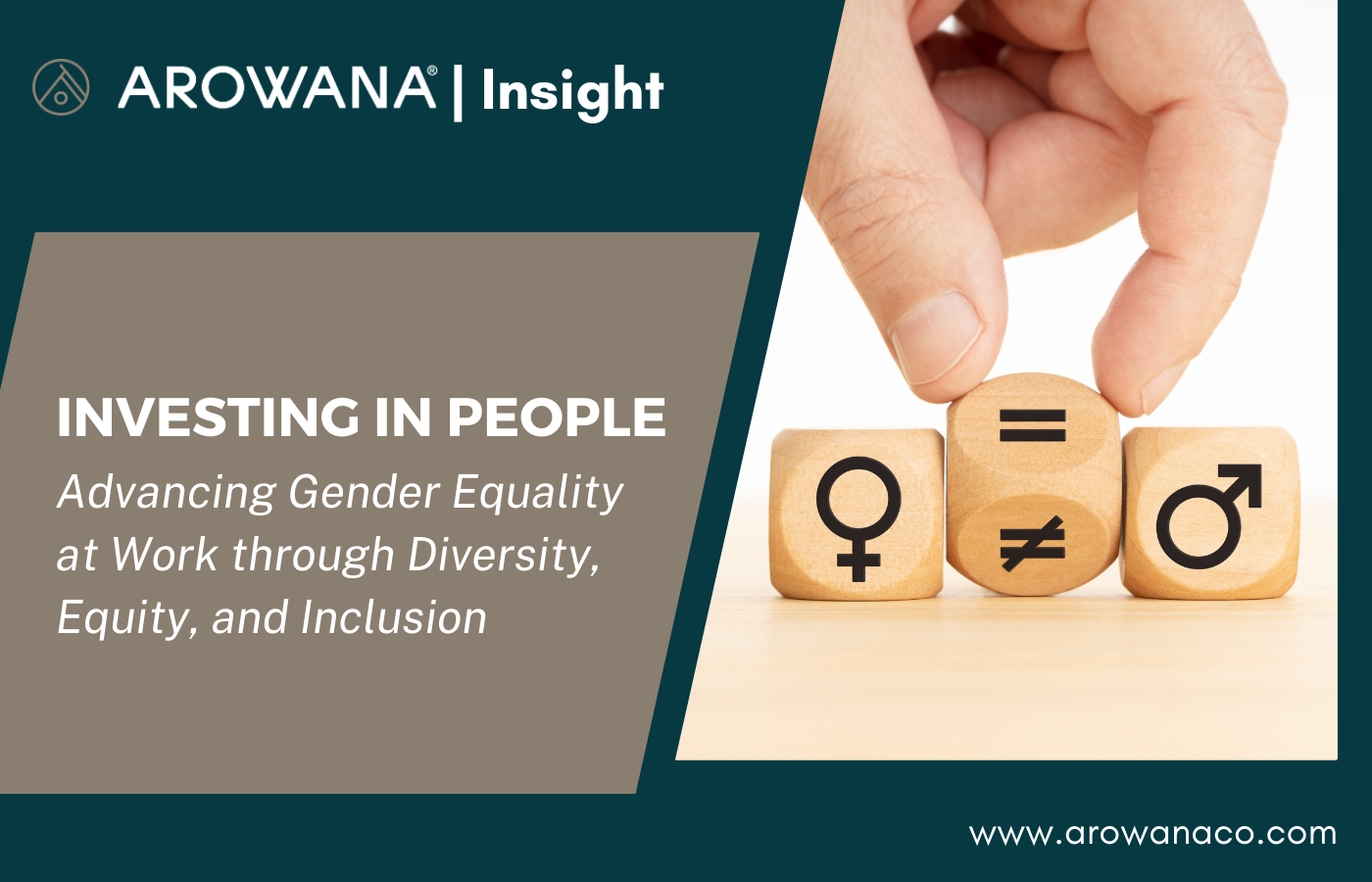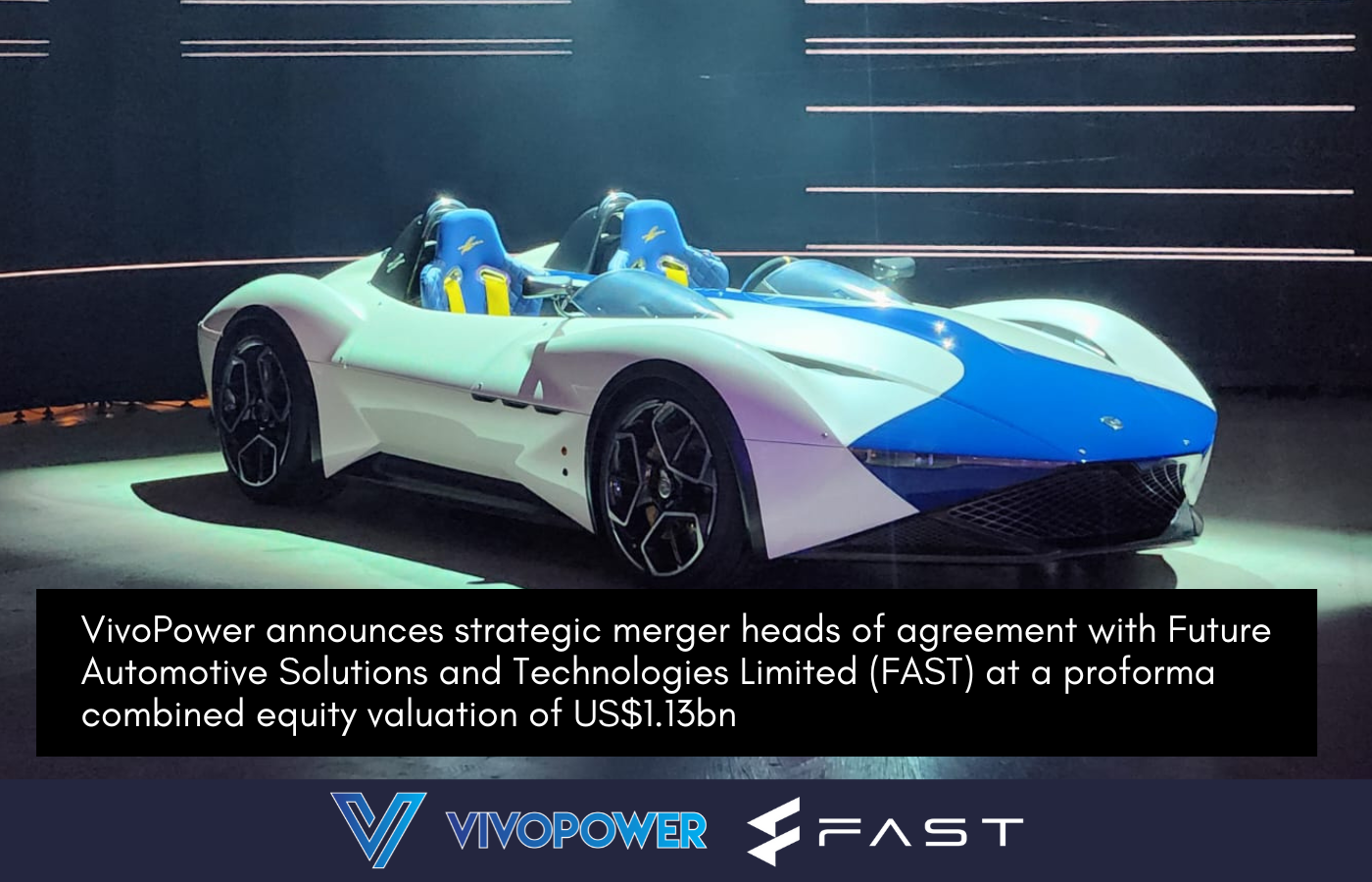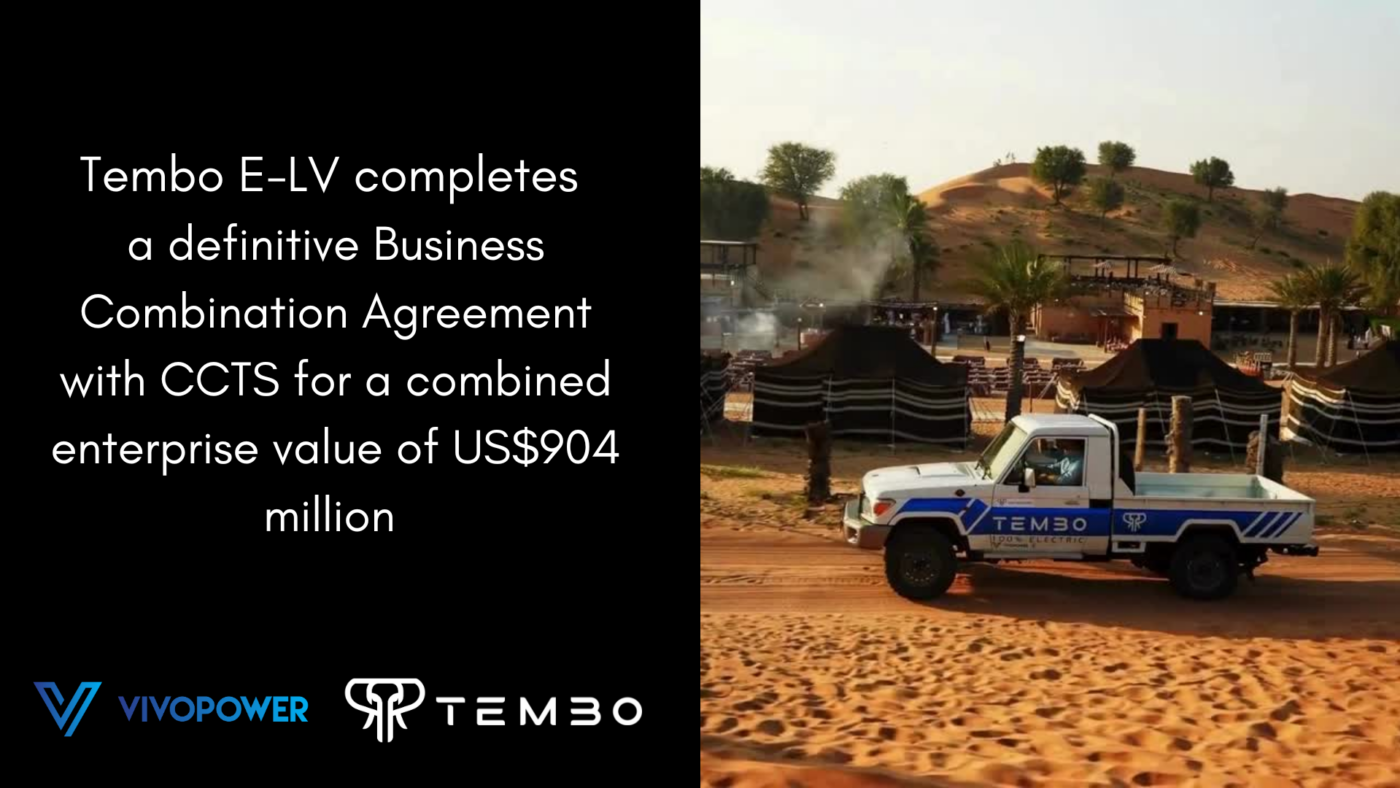
Imagine a workplace where opportunities aren’t determined by gender but by talent, ambition, and hard work. While this vision might sound ideal, systemic barriers and outdated norms often stand in the way of true gender equality. Enter Diversity, Equity, and Inclusion (DEI).
DEI programs are designed to level the playing field and create fair, supportive environments for everyone. These initiatives help drive innovation, enhance employee satisfaction, and boost organisational success.
In this latest edition of our Investing in People series, we’ll uncover how DEI programs are transforming workplaces, breaking down barriers, and paving the way for a more equitable future.
Gender equality in the workplace doesn’t happen by accident. It requires a conscious effort to address deeply rooted systemic imbalances. DEI programs are designed to do just that.
These initiatives take a magnifying glass to hiring practices, promotions, and daily operations to identify biases that may be holding women back. For example, some organisations have revamped their recruitment strategies by anonymising résumés to prevent unconscious bias, ensuring that gender doesn’t influence hiring decisions.
This approach doesn’t just level the playing field—it builds a pipeline of female talent ready to ascend to leadership roles. Companies that prioritise equitable practices aren’t just checking a box; they’re creating a more dynamic, innovative workforce.
When you think of a leader, who comes to mind? If your mental image skews male, you’re not alone. For too long, leadership roles have been dominated by men. DEI programs are actively changing this narrative by prioritising gender diversity in leadership positions.
Why is this important? Research consistently shows that organisations with more women in leadership roles outperform their peers. Several Harvard Business Review studies have even found that companies with diverse leadership see improved financial performance, decision-making, and employee engagement.
Take Heineken, for example. The beverage giant implemented targeted initiatives to increase female representation in management. The result? A significant boost in the number of women leading the company, proving that intentional efforts can yield measurable change.
Representation is just the beginning. True gender equality requires a workplace culture where everyone feels valued, heard, and supported. This is where DEI programs truly shine.
Through initiatives like mentorship programs and Employee Resource Groups (ERGs), companies are building communities where women can connect, share experiences, and access professional growth opportunities. For instance, ERGs focused on women’s issues provide a platform for employees to address gender-specific challenges and advocate for change.
Additionally, fostering open conversations about gender in the workplace helps break down stereotypes and encourages a sense of belonging. When employees feel included, they’re more likely to stay engaged and contribute to their full potential.
Here’s a win-win scenario: When companies invest in gender equality, employees are happier, and organisations benefit from reduced turnover.
Studies have shown that women are more likely to remain with companies that actively support DEI initiatives. This loyalty translates into lower recruitment costs and a more stable, experienced workforce. And it’s not just women who care—millennials and Gen Z workers prioritise diversity when choosing employers.
Imagine a workplace where every employee feels valued and supported. That’s the kind of environment DEI programs help create, and it’s a powerful driver of employee satisfaction.
Flexibility is no longer a luxury—it’s a necessity. For many women, balancing work with caregiving responsibilities can be a daunting task. DEI programs advocate for policies that promote flexibility, making it easier for employees to manage their personal and professional lives.
From remote work options to generous parental leave, these policies aren’t just perks—they’re lifelines. Flexible work environments empower women to excel in their careers without sacrificing their personal commitments.
You can’t manage what you don’t measure. Effective DEI programs include clear metrics to track progress toward gender equality. This might involve conducting pay equity analyses, surveying employee satisfaction, or examining the representation of women at various organisational levels.
Accountability is key. Companies that hold their leadership teams responsible for meeting DEI goals send a strong message: Gender equality isn’t optional—it’s a priority. By making progress measurable, organisations can celebrate wins and identify areas for improvement.
For example, some companies tie executive bonuses to diversity metrics, ensuring that leaders are personally invested in driving change. It’s a bold move, but it underscores the importance of walking the talk.
Advancing gender equality through DEI programs isn’t just the right thing to do—it’s smart business. Diverse teams bring fresh perspectives, foster creativity, and improve problem-solving.
Moreover, companies that champion gender equality are better positioned to attract top talent, meet the expectations of socially conscious consumers, and build a reputation as industry leaders.
But perhaps the most compelling reason to invest in DEI initiatives is the impact on individuals. When organisations create environments where everyone can thrive, they empower employees to reach their full potential, regardless of gender.
While significant progress has been made, there’s still work to be done. Achieving true gender equality in the workplace requires sustained effort, intentionality, and a willingness to challenge the status quo.
The good news? DEI programs provide a roadmap for success. By addressing systemic barriers, increasing representation, fostering inclusivity, enhancing satisfaction, promoting flexibility, and ensuring accountability, these initiatives are paving the way for a brighter, more equitable future.
So, the next time you hear “DEI,” think beyond the acronym. Think about the real people whose lives are improved when organiations commit to fairness and inclusion. And remember: Gender equality isn’t just a goal—it’s a journey, and every step forward matters.
For more news and insights, stay tuned to the Arowana website.

With COP29 now in full swing, world leaders and climate advocates are setting their sights on a crucial mission: boosting climate finance to tackle global environmental and social challenges head on.
COP29 remains one of the most important avenues where hard questions about who pays, how much, and in what form will finally (and hopefully) get some answers. In this edition of Arowana Insights, we present a breakdown of the most salient issues and the crucial moves needed to bolster funding towards genuine climate action.
Will COP29 kick off a new course of climate action for the world?
Remember the US$100bn climate finance goal set in 2009? It was like promising a trickle when the world needed a flood. Though developed nations eventually met that goal in 2022, it fell woefully short of the trillions actually required. Enter the New Collective Quantified Goal (NCQG), COP29’s shot at a much-needed upgrade. The goal isn’t simply to raise more money; it’s about building resilience for countries bearing the brunt of climate change.
Agreeing on a number to work towards has also yielded a diversity of opinions. Developing nations insist they need significant support to handle new environmental realities, while wealthier countries are cautious about stretching the goal too far. Thus, the challenge is to find a balance that is both ambitious and achievable – one that meets the needs of countries most vulnerable to the perils of a changing climate.
When it comes to funding, the tug-of-war is real. Developing nations argue they’re dealing with the worst of climate impacts and deserve robust financial backing. On the other hand, developed nations, while recognising the need, are wary about footing a limitless bill. To add to the drama, there is debate over public versus private funding. Wealthy countries want private investors to pitch in, while developing nations worry private funds alone won’t be enough.
The answer might lie in a multi-source approach. Think of it as a climate finance layer cake, with each layer funded differently. Public funds could support critical adaptation efforts, while private investments – especially in infrastructure – can top off the cake, driving growth in areas with higher investment returns. It’s a compromise, but one that might just serve everyone’s interests.
Money is one thing, but how it’s given matters just as much. Developing countries prefer grants that don’t require repayment, helping them fight climate change without the added burden of debt. Developed nations, however, often view loans and private investments as part of the solution.
To address these concerns, COP29 may explore a hybrid model: grants for urgent needs such as disaster resilience and concessional loans for larger, long-term projects. It’s about striking the right balance by supporting countries without setting them back further financially.
If the climate clock had a snooze button, then it would be broken. With extreme weather on the rise, the need for an accountable framework has become more urgent than ever. And with the possibility of political tensions in different parts of the world escalating, there’s now a stronger push than ever for an agreement that withstands the winds of political change.
This time around, the call is for solid accountability measures. Clear timelines, mandatory reporting, and potential penalties are on the table. These mechanisms aren’t just bureaucratic boxes to tick; they’re essential tools to ensure climate finance commitments are met and delivered whenever and wherever they’re needed the most.
Climate finance isn’t also about just cutting emissions. For vulnerable countries, it’s also about preparing for – and recovering from – the inevitable. While mitigation funding is still crucial, there’s a growing demand for funds dedicated to adaptation as well as loss and damage.
Adaptation is all about future-proofing – building stronger infrastructure, supporting resilient agriculture, and fortifying coastlines. Loss and damage, on the other hand, is about compensating countries for irreparable climate-related losses. It’s one of the thorniest issues on the table, as developed countries fear it may expose them to liability claims. COP29’s answer could involve a separate, flexible fund for loss and damage, a financial lifeline that doesn’t detract from broader climate finance goals.
Setting a new climate finance framework at COP29 isn’t just a challenge; it’s a pivotal opportunity. Here are some of the game-changing ideas on the table:
COP29 has the power to change the climate finance game. If delegates can reach a consensus on key issues such as funding sources, financing forms, and transparency, COP29 could mark a watershed moment for vulnerable nations on the frontlines of climate risk management. It’s a chance to go beyond old promises and put real financial backing behind climate resilience.
The decisions made at COP29 will influence everything from how nations adapt to rising sea temperatures to how farmers protect crops against unpredictable weather. More than just setting new climate finance targets, COP29 is about laying down the financial backbone for a future where even the most vulnerable nations have the resources they need to face the climate challenge. By bridging funding gaps, ensuring accountability, and fostering collaboration, COP29 could transform climate finance from an aspiration into genuine and concrete action, and from promises into practical solutions.

Arowana is pleased to advise that one of our investment entities in Australia, AWN, has been informed that the class action lawsuit regarding the 2014 IPO of its former subsidiary, Intueri Education Group, has settled without recourse to AWN shareholders or the broader Arowana group and its executives. The agreement between the parties includes the settlement of all third-party claims relating to external advisers that AWN had appointed to provide specialist local NZ advice in relation to regulatory matters, government liaison, as well as the execution of the IPO in NZ. The outcome was significantly better than expected. A summary judgement claim filed by the plaintiffs had previously been dismissed by the NZ High Court in April 2021.
Terms of the settlement are confidential.
For more news and insights, stay tuned to the Arowana website.
Proposed all stock merger values VivoPower equity at US$556 million (implying a share price of US$101 per VVPR share) with FAST equity valued at US$578 million
VivoPower expected to issue 5.72 million restricted shares at US$101 per VivoPower share as consideration for FAST
VivoPower shareholders expected to own 49% of the pro forma combined group, with affiliates and insiders agreeing to a voluntary lock up upon closing of the transaction
Post-proposed merger, VivoPower will have an estimated 11.2 million fully diluted shares, with an estimated free float of 3.3 million shares (excluding any other issues)
FAST is a Canadian headquartered hydrogen technology company pioneering advanced gas power to hydrogen power conversions and next-gen hydrogen vehicles; it has office and factory locations in Canada and Japan
Heads of agreement is non-binding but provides for an exclusivity period of 90 days for the parties to reach a definitive agreement
Proposed merger is conditional upon closing of the previously announced business combination with CCTS and separate listing of Tembo
Parties expect to establish the value of Tembo shares held by VVPR shareholders following closing of the CCTS transaction and to consider potential distribution of such value to qualifying shareholders
VivoPower’s board of directors has engaged a third party to provide a fairness opinion

VivoPower has announced a strategic heads of agreement to merge with Future Automotive Solutions and Technologies Inc. (FAST) that reflects an equity valuation of $556 million for VivoPower and $578 million for FAST. The heads of agreement is exclusive for 90 days, but non-binding until such time definitive transaction documents are executed. A target completion date of 31 December 2024 has been agreed and is conditional upon, among other things, the consummation of the previously announced business combination transaction between Tembo and Cactus Acquisition Corp. 1 (CCTS), the satisfactory completion of a third-party fairness opinion, minimum net cash at closing of $20 million as well as the fulfilment of customary regulatory and merger transaction requirements.
As contemplated in the heads of agreement, the proposed merger will involve the issuance of 5.72 million restricted new shares in VivoPower to FAST shareholders as consideration. VivoPower shareholders are expected to own 49% of the pro forma combined group upon closing of the proposed merger based on the current pro-forma fully diluted VivoPower shares on issue. The implied value of VivoPower’s current outstanding shares at the US$538 million merger equity value is approximately US$101 per share.
FAST is a Canadian headquartered hydrogen technology company that converts ICE (internal combustion engine) vehicles to run on hydrogen with offices and factory locations in Canada and Japan. FAST was co-founded and is led by one of the automotive industry's leading luminaries, Ken Okuyama. Mr. Okuyama is best known for being the chief designer of the Enzo Ferrari, whilst working at Pininfarina. He also oversaw projects including Ferrari 599 GTB Fiorano, Ferrari 456M GT, Ferrari California, Ferrari 612 Scaglietti, Ferrari Rossa (Concept car), Mitsubishi Colt CZC, Maserati Birdcage 75th, Maserati Quattroporte V and Ferrari P4/5. Mr. Okuyama previously worked for Porsche, helping design the new generation of the Porsche 911 (aka 996) as well as the Boxster. Prior to that Mr. Okuyama was a design director at Advanced Concept Center of General Motors where he directed the world’s first production electric car, EV1, and solar energy race car, Sunracer.
To read the full press release, and to keep up with all of VivoPower’s releases, visit the company's Press Releases page.
About FAST
FAST is a Canadian headquartered hydrogen technology company that focuses on developing technologies that promote the adoption of hydrogen. FAST will be launching several vehicle models powered by hydrogen powered internal combustion engines as well as a conversion platform for gasoline and diesel vehicles to run on hydrogen. FAST has offices and factory facilities in Toronto (Canada), Tokyo (Japan) and Yamagata (Japan).
Contact
Shareholder Enquiries
Sansure Biotech Inc (Sansure) is a US$1.4bn market capitalisation in vitro diagnostic solutions company listed on Shanghai Stock Exchange
Mpox virus footprint has significant overlap with key markets where VivoPower operates, including the the Asia Pacific region, Australasia, Africa and the Middle East
The Singapore government has already introduced quarantine measures to contain the spread of the Mpox virus, with risk of other countries following suit
Distribution agreement is part of VivoPower’s business continuity planning protocols aimed at safeguarding employees, as well as facilitating distribution and supply to valued partners and customers
As a certified B Corporation, VivoPower is committed to the triple bottom line of People, Planet, and Profit; selected VivoPower management to fund pro bono distribution to disadvantage communities
VivoPower intends to reinvest any surplus profits and cash generated from Mpox distribution agreements into its core sustainable energy solutions business

VivoPower has announced a distribution heads of agreement with Sansure Biotech for the distribution and supply of Mpox diagnostic tests and detection kits to cover Singapore, Hong Kong and Australia, with other markets under consideration.
This proactive initiative is part of VivoPower’s business continuity planning (BCP) protocols to provide preventative measures for its own team and to supply valued partners and customers in the aforementioned market. The heads of agreement is non binding but both parties will work towards finalising definitive documents.
As a certified B Corporation, VivoPower is committed to the triple bottom line of People, Planet, and Profit. In this regard, VivoPower has consistently prioritised not just the professional growth of its teams, but also their safety and health.
In addition, VivoPower’s chairman and chief executive officer, as well as certain other executive leadership team members, will contribute their own funds to enable pro bono distribution of Mpox diagnostic and detection testing solutions to charitable organisations in selected markets that in turn provide support to impoverished and underserved communities.
The World Health Organization declared the Mpox outbreak a public health emergency of international concern on 14 August 2024, the highest alert under international health law.
As of June 2024, according to the United Nations, there have been 99,176 confirmed cases and 208 deaths reported across 116 countries including several of VivoPower’s markets, with Africa experiencing the highest transmission rates.
To read the full press release, and to keep up with all of VivoPower’s releases, visit the company's Press Releases page.
About Sansure Biotech
Established in 2008, Sansure Biotech Inc is a public company listed on the Shanghai Stock Exchange with over 2,000 employees and a market capitalisation in excess of US$1bn. It is an in vitro diagnostic solution provider integrating diagnostic reagents, instruments and independent clinic laboratory services with its own innovative gene technology as its core.
Contact
Shareholder Enquiries
Independent third-party fairness opinion was obtained and satisfactorily completed
Pro forma fully diluted combined enterprise value assumes no public trust redemptions

Tembo E-LV, a subsidiary of Nasdaq-listed B Corporation, VivoPower, today announced that it has executed a definitive Business Combination Agreement (BCA) with Cactus Acquisition Corp. 1 Limited (CCTS), a Cayman Islands exempted special purpose acquisition company.
The BCA assigns a pro forma enterprise value to the combination of Tembo and CCTS, assuming zero redemptions by CCTS public shareholders at or before closing of US$904 million.
The BCA was entered into by the parties following due diligence and receipt by the CCTS board of directors of a fairness opinion from an independent third party.
The parties expect a registration statement on Form F-4 to be filed with the U.S. Securities and Exchange Commission (SEC) in connection with the proposed transaction (Business Combination), which they are working to close, subject to satisfaction (or waiver, as applicable) of closing conditions, including, without limitation, the completion of the SEC review process and approval of the transaction by CCTS shareholders, prior to the end of calendar year 2024.
In connection with the Business Combination, the parties will submit to Nasdaq an application to list the securities of a newly formed company (Tembo Group) established in connection with the transaction on Nasdaq.
Chardan is acting as exclusive financial and capital markets advisor to VivoPower and Tembo. White & Case LLP is serving as US legal advisor to VivoPower and Tembo; NautaDutilh N.V. is serving as Dutch legal counsel to VivoPower and Tembo. Ellenoff Grossman & Schole LLP is serving as U.S. legal advisor to CCTS; De Metz Advocaten N.V. is serving as Dutch counsel to CCTS.
For the full version of the article, visit the VivoPower Press Releases page.
Contact
Shareholder Enquiries
Exclusivity period for Heads of Agreement extended to 31 August 2024
Extension to enable Tembo to consummate material transaction and update disclosure

Nasdaq-listed B Corp VivoPower announced today that its electric vehicle subsidiary, Tembo e-LV, has agreed to a further one-month extension of its exclusive heads of agreement with Nasdaq-listed Cactus Acquisition Corporation I (CCTS) to 31 August 2024.
The extension is intended to provide additional time for Tembo to consummate a material transaction and update disclosures before finalising a definitive business combination agreement relating to the proposed transaction as well as the independent fairness opinion.
To read our full press release, and to keep up with all of VivoPower’s releases, visit the company's Press Releases page.
Contact
Shareholder Enquiries

We are pleased to announce the promotions of Patricia Ramos, Karla Nieva, and Melissa Silvestre-Valde to new roles within the Arowana team.
Patricia is now the Investment Manager for Arowana Impact Capital. Her unwavering dedication and stellar performance have been pivotal to Arowana Impact Capital's success.
Patricia will continue to excel in her role, delivering exceptional project management through investment execution, analysis, due diligence, and investor relations. Her commitment to excellence ensures Arowana's investments are managed with professionalism and strategic insight.
Karla is taking on the role of our new Information Technology (IT) Manager. Karla has been a cornerstone of our IT support, expertly managing systems and safeguarding our company against cyber threats.
In this new role, Karla will lead our IT team, tackling technical issues with precision, configuring our computer systems, administering and managing Office 365 services, and proactively monitoring and mitigating cybersecurity risks. Her expertise and leadership will be invaluable in maintaining Arowana's technological resilience.
Melissa is now our new Human Resources Officer. She has consistently showcased her exceptional HR skills, becoming a trusted expert in talent acquisition, talent management, and HR project oversight.
Melissa's adeptness at streamlining systems and procedures across our operating companies has been instrumental in driving growth and efficiency. Her continued dedication will ensure that our HR processes remain innovative and effective.
Congratulations, Patricia, Karla, and Melissa!
For more news and insights, stay tuned to the Arowana website.

The Albanese government, through Minister for Women Katy Gallagher, has unveiled new measures aimed at improving gender equality in business and government boards.
Companies with 500 or more employees seeking government contracts will need to meet new gender equality targets. This decision is part of the government's broader gender equality strategy, which includes commitments such as paying 12% superannuation on publicly funded paid parental leave starting from July 2025.
The government plans to leverage its purchasing power to support gender equality. Businesses that meet certain criteria regarding gender equality will be favoured in government procurement processes.
The targets encompass various aspects, including board composition, workforce diversity, equal pay, flexible working arrangements, and efforts to combat sexual harassment.
While specific targets were not immediately specified, the Workplace Gender Equality Agency is tasked with consulting to formulate these objectives.
Gallagher said these targets will be mandatory, underlining the government's commitment to enforcing them to promote gender equality effectively.
The government also aims to strengthen women's representation in government boards and advisory bodies to address existing disparities and ensure more balanced representation across all positions, including chair and co-chair roles.
Moreover, the government plans to introduce a voluntary registration system to identify women-owned and led businesses among its suppliers, aiming to provide more support and opportunities for such enterprises. Regular surveys will also be conducted to gather feedback from women directly regarding their concerns and priorities for advancing gender equality.
Gallagher said gender equality initiatives will not be confined to the Minister for Women's portfolio but will be integrated across various government sectors, reflecting the Albanese government's commitment to prioritising gender equality through coordinated and complementary reforms.
Meanwhile, the announcement of 12% superannuation on paid parental leave has garnered positive reactions from various stakeholders, including the Business Council of Australia, super funds, Women in Super, the Australian Services Union, and the Greens.
However, some have questioned the timeline for implementation, with the Greens urging for quicker action through their existing paid parental leave bill in the Senate.
Overall, the Albanese government's initiatives signal a proactive approach to address gender disparities in both the private and public sectors, aiming to create a more inclusive and equitable environment for women in the workforce and decision-making roles.
These measures reflect a commitment to advancing gender equality as a central tenet of government policy.
The article 'Australia mandates gender equality targets for corporates and boards' was first published in People Matters.com.
Tembo has secured a minimum of 200 Tuskers for the Australia and NZ markets
Australian sales of pick up trucks reached approximately $US700m in the month of May 2024
Tembo exhibited the Tuskers successfully at leading Australian mining focused trade show
Interest and demand for Tuskers has been significantly stronger than expected
Tembo is now accelerating a push into other markets for the Tuskers

NASDAQ-listed B Corp, VivoPower announced today that its electric vehicle subsidiary, Tembo E-LV, has secured a minimum 200 committed Tembo Tuskers, its full electric pick up utility vehicle, for delivery to customers and partners in Australia and New Zealand by February 2026.
This is following Australian pick up truck sales in May 2024 of approximately $US700m (source: VFACTS/FCAI, 4 June 2024) and stronger than expected interest at a leading Australian mining-focused trade show.
The Tembo Tuskers come in both left-hand and right-hand configurations, with single and dual cab options available. They have a base range of 330 kilometres, as well as a payload capacity of 1 tonne, and an unbraked towing capacity of 750 kilograms. Importantly they are priced at 15% below other comparable electric utility vehicles in the launch markets of Australia and New Zealand. The initial order of Tembo Tuskers is being prepared for delivery to partners and customers in Australia, with full on-road homologation on track to be granted by July 2024.
Tembo will now seek to fast-track its strategy of bringing the Tuskers to other markets where it has customers and partners, including the United Arab Emirates, Africa, Europe, Asia, and Canada, amongst others.
The Tembo Tusker range will augment the Tembo conversion programs, increasing choices for Tembo’s B2B customer base and target market. Depending on where a fleet customer is in their fleet replacement cycle and/or depending on their strategic requirements and total cost of ownership considerations, Tembo will now be able to offer a choice of a full electric utility vehicle or a conversion of an existing utility vehicle. This expanded offering underscores Tembo's commitment to providing tailored solutions to meet the diverse requirements of its global customer base.
More broadly, VivoPower’s strategic focus remains on delivering purpose-driven sustainable energy solutions to electrify B2B fleets, encompassing aftermarket solutions, charging, digital twins, software, and data analytics, aligning with evolving market dynamics and regulatory frameworks. The Tembo Tuskers will accelerate the pathway to delivering on this.
To read the full press release, and to keep up with all of VivoPower’s releases, visit the Press Releases page.
Contact
Shareholder Enquiries